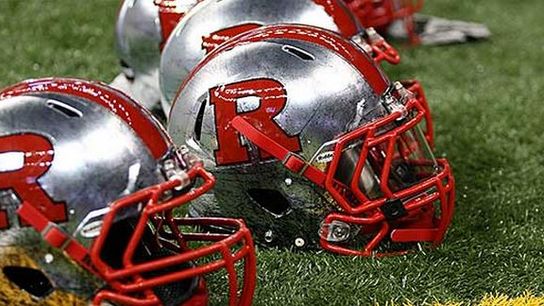With two years under his belt at Ohio State as the co-defensive coordinator under Urban Meyer, Chris Ash had a chance to experience one of the best coaches in college football instill a culture in his team year after year. So when Ash took the reigns at Rutgers, he brought many of those ideas he learned from Meyer, and combined them with some ideas he had picked up at other stops along his coaching journey to create something truly unique.
Our good friends at X&O Labs sat down with Ash and talked about how they've approached changing the culture of a program that has struggled for a few years now, especially since the departure of Greg Schiano (who, ironically, filled Ash's vacant position at Ohio State) for the NFL. One of the things Ash talks about is their direct teaching approach and their belief in "on edge teaching".
"We talk about direct teaching. We want our feet on the floor sit straight up; have your pen and paper and notepad ready to take notes because you will be responsible for that information."
"It’s about being able to get the learner to reteach the information to the teacher at any moment. If you’ve properly presented the material and the student is listening, learning and comprehending what you are saying he should be able to reteach you the information that he has just been taught.”
The entire coaching staff takes this to heart. The strength coach uses it in the weight room, and Ash often utilizes it during team meetings.
"They know at any moment they will be called out on to answer a question to answer a material on the most important stuff they need to know. This keeps them on edge and keeping them alert and engaged. They don’t want to be asked a question that they don’t know in front of their peer group. That means they don’t pay attention, don’t care or even worse, disinterested.
"We create the on-edge, uneasiness or discomfort with the players in the meeting room which will translate to the experiences they have on the field.”
One example of the things that players are expected to know at the drop of a hat is the three components of the new culture, which Ash points out are:
- Relentless strain- everything you do in academics or athletics you must strain to be the best that you can be.
- Competitive excellence- putting yourself in position that when your number is called to make a play that you’re ready to make that play. To get to competitive excellence, you must have competitive spirit that means you want to compete in everything you do, from the weight room, the meeting room, the classroom, the off-season drills and in the practice field. If you don’t compete in those areas, you will not compete on a Saturday.
- Brotherhood of trust- this is where team chemistry is developed. Doing it at the unit (position) level. Our ultimate goal here is to have ten units strong and we want each unit on our team to have a tight chemistry and the relationships must be completely strong.
Head here to see more on Ash and his staff's approach to getting things turned around in Piscataway, including how how they develop relationships with the players, how they're monitoring their players' hydrating levels during training, and how his approach varies from Urban's at Ohio State - which includes the importance of hand written letters.
